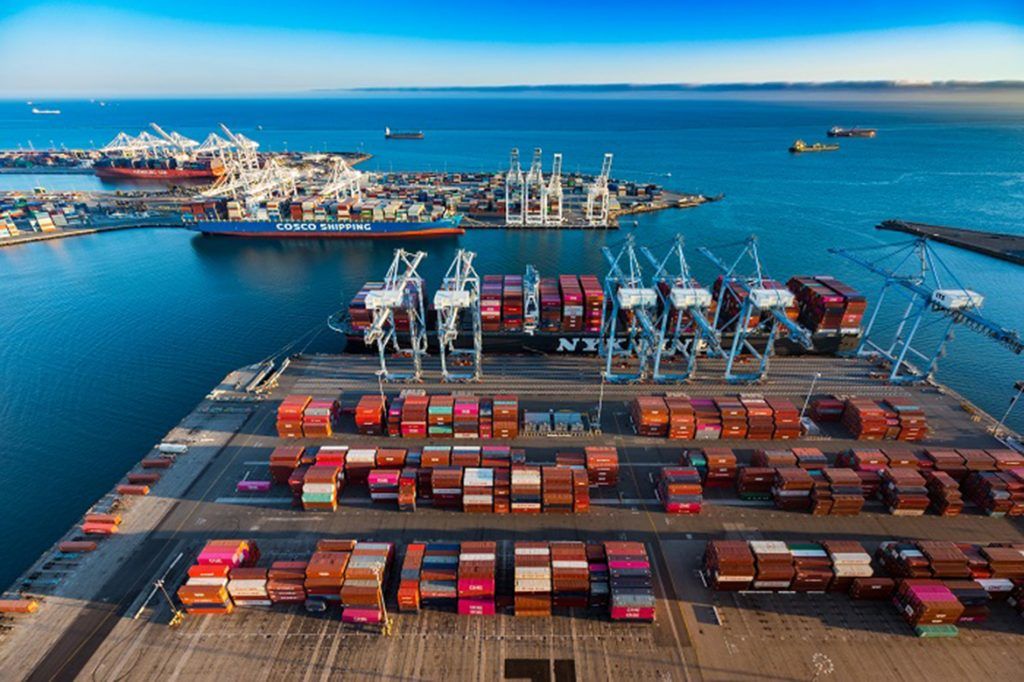The single window facilitates the procedures for importing goods into the United States, according to information from the World Trade Organization (WTO).
Importers are required to present entry documents in order to import goods.
These include the manifest, which can now be electronic, the bill of lading and the electronic cargo declaration, which must be submitted to Customs and Border Protection (CBP) through the Automated Commercial Environment (ACE).
Thanks to the development of the single window (ACE), all customs operations are processed through this electronic system.
Depending on the value of the imported goods, there are three types of customs entries: formal entries, for commercial and resale goods valued at more than $2,500; informal entries, valued between $801 and $2,500; and Section 321 entries, valued at $800 or less, i.e., below the de minimis threshold for duty-free entries.
Import procedures
In the case of formal entries, a counter bond must be posted with Customs.
In general, entries covered by Article 321 are processed in a simplified manner and cleared quickly, but are still subject to various inspections or controls depending on the product, for example, for food safety, transportation and consumer safety reasons, or if they are subject to quotas or trade remedies.
Also, the presentation of a manifest, or electronic manifest, is generally not required, although it depends on the conditions of transport of the goods.
CBP’s automated procedures also include an Electronic Certification System (eCERT) that allows for the secure transfer of Customs information from foreign governments.
This system is mainly used in certain customs processes related to licenses, certificates of origin and administration of quotas subject to tariff preference levels, which require the approval of a foreign entity.
For example, in order to qualify for preferential duties, CBP requires the use of eCERT.9
For certain textiles imported under preference programs or quantitative limitations, the authorized foreign official must issue a so-called «textile visa,» which is an export document evidencing the details of a textile shipment.

